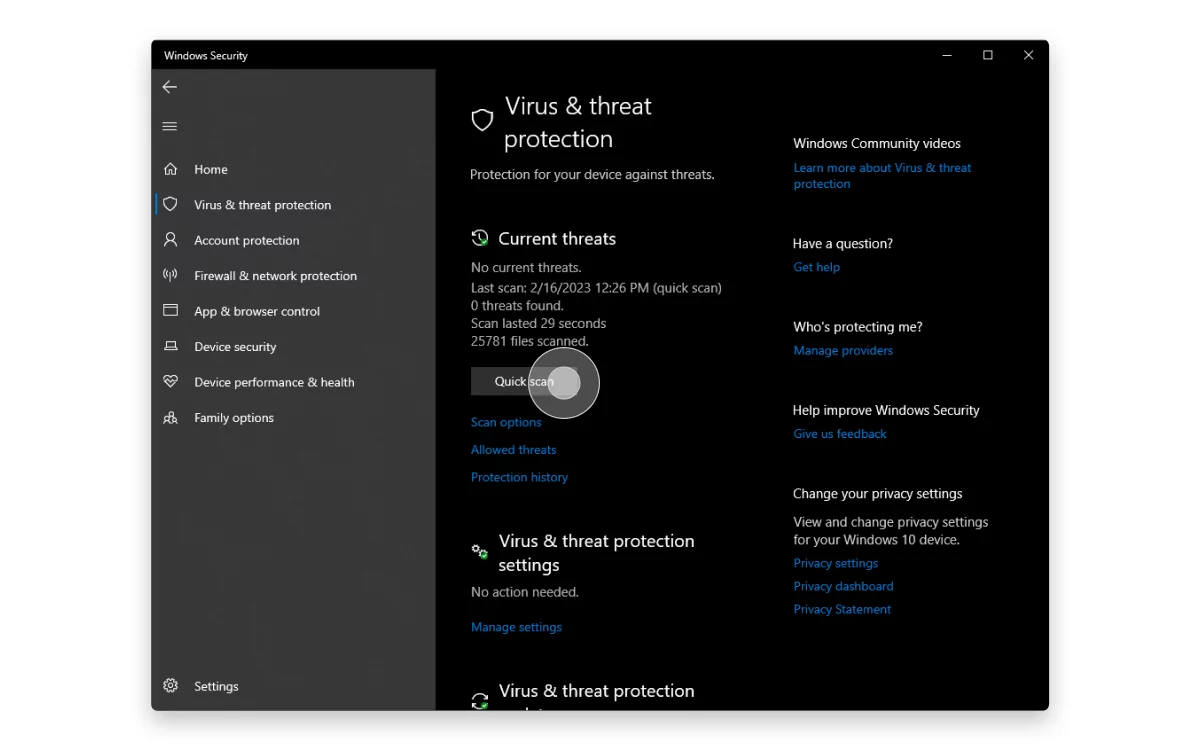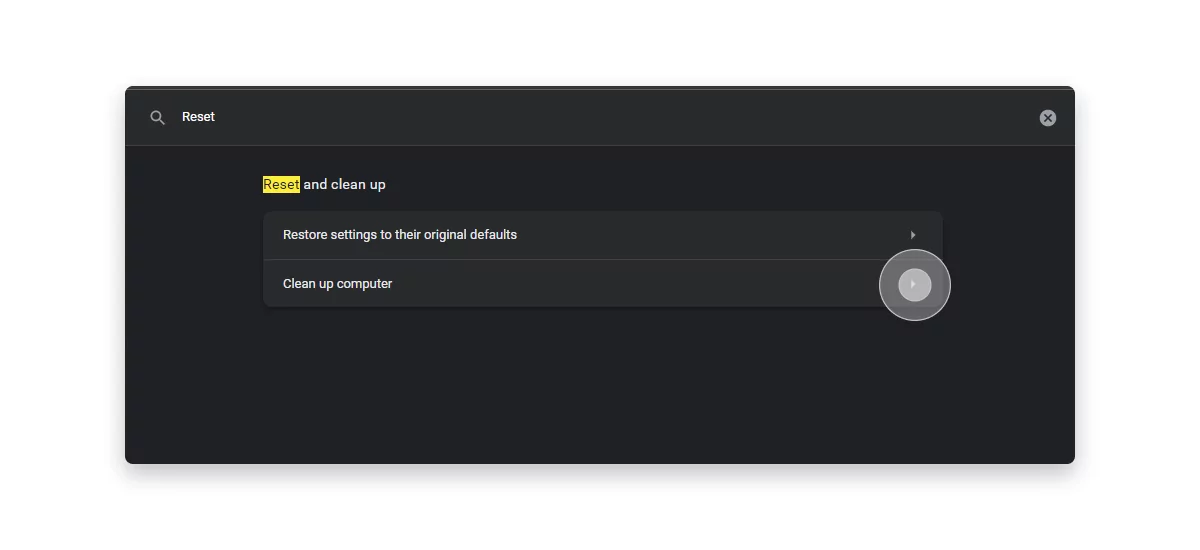How to Remove Adware from Windows PC [Win 10]
Adware is arguably the most unfortunate thing that can happen to Windows PC users. It’s constantly bombarding them with pop-up ads, changing their home page, adding toolbars to their browsers, and more. It’s frustrating to have an adware-infested computer slow down to a crawl, and it’s even more frustrating to have to constantly close unwanted ads and deal with the mess that adware makes. Adware can be difficult to remove because it hides in many different places. Many people are often left helpless and bitter about the inability to figure out where from all that unexpected advertising came.
Some of the most common ways to get your computer infected with adware include:
- Downloading and installing free software from untrustworthy sources.
- Opening email attachments from unknown senders.
- Clicking on misleading advertisements.
While the first and second options can only be prevented by paying more attention, you can avoid the third with an ad-blocker. AdLock might be a good choice, but we will cover it later in the article.
Use Windows Security (Windows Defender)
Windows Defender is basically a built-in antivirus software. Its primary function is to protect your PC from various types of malware, such as viruses, spyware, and ransomware. And adware is not technically a virus (like YT5s virus) though it might act as one.
It’s a good idea to perform a scan with Defender, and if it recognizes your adware as malicious, it will remove it.
Follow these steps to find adware on Windows 10 with Windows Defender:
- Open Windows Security. You can do this by clicking on the Start menu and searching for Windows Security.

- Click on Virus & threat protection in the left-hand menu.

- Under Current threats, you should see the virus that has been detected on your PC. Click on the item to expand it.
- Click “Remove threat” to delete the virus.
- Follow any additional instructions that Windows Defender provides to completely remove adware from Windows PC.
How Can You Get Adware on Your PC?
Here are some common ways you can get adware on your PC:
- Downloading and installing free software from untrustworthy websites or sources.
- Clicking on misleading or deceptive advertisements, which can often be found on sketchy or untrustworthy websites.
- Opening email attachments from unknown or suspicious senders, as these can sometimes contain adware.
- Installing browser extensions or add-ons that are designed to display advertisements or pop-ups.
- Clicking on pop-ups or alerts that claim your computer is infected with a virus or malware, which can sometimes lead to adware being installed.
- Using file-sharing or peer-to-peer networks to download or share files, which can sometimes be infected with adware or other types of malware.
- Visiting malicious or compromised websites that contain scripts or code that can infect your computer with adware.
- Failing to keep your operating system and software up-to-date, as outdated software can contain vulnerabilities that can be exploited by adware and other types of malware.
Now that we have concluded the ways to get infected, time to find out how to get rid of adware from Windows PC.
Remove Adware Using Third-Party Software
A dedicated Windows adware removal tool is a simple and clever solution to an adware problem. You can apply the following instructions to almost any software of your choice:
- Before you start, make sure you have a backup of all your important files. Better use an external hard drive or a safe cloud-based service.
- Download and install a reputable anti-malware tool.
- Open the anti-malware tool and perform a full system scan. This may take some time, depending on the size of your hard drive and the number of files on your computer.
- Once the scan is complete, review the results to see if any adware or other malware has been detected.
- Select the option to remove any adware or malware that has been detected. Follow the prompts to complete the removal process.
- Once the removal process is complete, restart your computer and perform another scan to ensure all adware traces have been removed.
- Finally, verify that your files are still intact and have not been affected by the adware. This is very unlikely, but it never hurts to be sure.
How to Remove Adware From Your Computer Manually
Manual removing adware from the computer can be time-consuming, but the results are worth it. And you’ll get to know your device better.
- Uninstall suspicious programs.
- Go to the Control Panel on your computer and find the option Uninstall a program. If you don’t see it, click View by: and select Category. Look for any programs that you don’t recognize and uninstall them.
- Clean your browser.
- Open your web browser and go to the settings or extensions menu. Look for any extensions that you don’t recognize or that seem suspicious, and remove them.
- Go to Settings, find Reset and clean up =>Clean up computer and click Find to start scanning your computer for harmful apps and programs.

- You might need to reset your browser to default settings in severe cases. Resetting a web browser to default removes all custom settings, including toolbars, add-ons, or other installed customizations. It can help to fix issues caused by adware, but you will need to set up your preferences again.
- Find hidden unwanted services in System Configuration.
- Press the Windows key + R, type msconfig in the Run dialog box, and hit Enter.
- Go to the Services tab, and check the box of Hide all Microsoft services.
- Uncheck the services you don’t recognize, and click Apply and OK.

Now you know how to remove adware from Windows PC manually, so it’s time to figure out how to prevent the problem in the future.
How to Prevent Adware From Appearing in Your Win 10
Here are some tips that will obviate the need to clean adware from Windows PC.
- Be careful when downloading and installing software from the internet, especially freeware. Stick to trusted sources and original websites.
- Keep your operating system and software up-to-date with the latest security patches and updates. This helps to close potential security vulnerabilities that could be exploited by adware and other PUPs.
- Use reputable antivirus software and keep it updated.
- Be cautious when clicking on links and downloading attachments in emails, especially if they are from unknown senders or look suspicious.
- Use an ad-blocker to prevent all types of ads, including potentially malicious ones, from appearing on your screen. For this purpose, we can recommend you AdLock. AdLock offers two options to block ads: a browser extension for Chrome and Safari or a cross-platform ad blocker for Windows, Mac, Android, and iOS. AdLock extensions are free, undetectable by anti-ad-blocking scripts, and block even ads that other extensions can’t deal with. AdLock applications are also free but need to be activated with a subscription license that starts from the price of as little as $1. AdLock applications remove advertising from all apps, including ads in the bottom right corner on Windows 10 and pop-up ads on Win 10, which means you will have an even lesser chance of encountering adware-containing adverts. On top of that AdLock can detect malware on a web page and block you from visiting it.
Final Thoughts
Adware is a frustrating form of malware that doesn’t cause particular harm but can interfere with your online activities and compromise your personal information. Fortunately, there are many ways to prevent and remove adware from your device. By taking a proactive approach to online security, such as using a trusted ad-blocker, scanning your device with Windows Defender, and being cautious when downloading and installing software, you can avoid falling victim to adware. Remember to back up your important files and consider seeking special software if you’re struggling to remove adware on your own.
Frequently Asked Questions
Can adware harm your PC?
Adware is intrusively annoying, but it’s generally not harmful to your PC. It’s typically designed to display unwanted ads or pop-ups on your screen and collect personal information such as your browsing history and online behavior. However, some types of adware can be sneaky and install toolbars or other unwanted software without your knowledge. In some cases, the adware can also slow down your computer or cause it to crash. So while it’s not dangerous like a virus, it’s still best to get rid of adware on a Windows PC as soon as you spot it.
What is the best adware remover for Windows 10?
It might require writing a whole new article to compare even top-5 services on removing adware from Windows 10. But we can recommend a guaranteed reliable and safe option which is Malwarebytes.
Is adware easy to remove on your Windows PC?
It depends on the type and severity of the infection. In some cases, a simple uninstall of the program causing the adware can resolve the issue. However, in more persistent cases, you might require specialized adware removal for Windows to solve the problem effectively. Scroll up this article to find your suitable solution.
Is it possible to remove adware from Windows 7?
The process of removing adware from Windows 7 is similar to removing it from Windows 10. You can start by checking the unfamiliar extensions in your browsers, unknown processes in Task Manager, and unrecognized programs in the Windows Control Panel. If those steps don’t help, you can use a specialized tool designed to remove adware. Just check out this article for more information on how to do it.
Are the adware removal tips the same for Windows 11?
Yes, you can use instructions for Windows 10 to remove and prevent adware on Windows 11, likewise.
How is adware different from PUPs on my Windows PC? (potentially unwanted program)
Adware and Potentially Unwanted Programs (PUPs) are often used interchangeably, but they’re not exactly the same thing. Adware is software that displays unwanted advertisements on your computer, usually in the form of pop-up ads, banners, or full-screen ads. Adware often comes in a bundle with free software.
On the other hand, PUPs are any software that you didn’t explicitly ask for and might not even want. They can include adware, but they can also include things like browser extensions, toolbars, or even trial versions of software.
Simply put, all adware are PUPs, but not all PUPs are adware.





